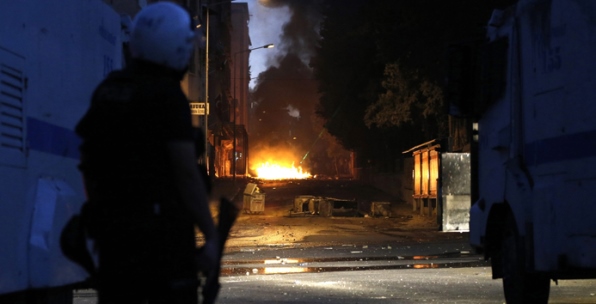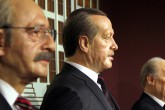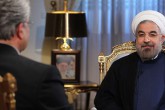The Gezi Park protests began as a social movement and ended as a political one. More precisely, the Gezi Park protests which had begun as a social movement ended as soon as they were turned into a political movement. It is possible to resort to many other new movements through political motivations and acts of political engineering; however, these very efforts will render it impossible for movements to assume a social character. As the protests became politicized in a short time, the social aspect of the protests did not get adequate coverage and they bequeathed a significant political legacy. In politics, we witnessed a new and powerful political roadmap other than the parliamentarian one which has become static since the 2007 general elections. This roadmap seems to have a tendency to rule out traditional political actors; however, it solidifies traditional topical issues and dilemmas let alone excluding them. In this sense, it is possible to say that the protests made visible the political, social and cultural fissures that existed since the establishment of the Republic. There is no doubt that the protests will have a permanent influence on politics through these dynamics in the medium and long term beyond their short term direct effect on the ruling party and its leader. This article dwells on some of the findings of our report by the SETA Foundation entitled “Gezi Protests in between of Scenario and Reality” which covers comprehensive analyses of political effects of the protests.
DEFINING THE PROTESTS
Before dwelling on the political reverberations of the Gezi protests, it would be better to consider four main points. Firstly, one should keep in mind that the composition of the protesters during the three-week long protests has evolved day by day. The protesters had a heterogeneous structure at the beginning in terms of political opinion, ideological tendencies, political party and age. However, protesters supporting a certain opinion, ideology, political movement and party replaced these aforementioned protesters since the second week of the incidents. Secondly, the target and the justification of the protests evolved in parallel to the politicization of the protesters.
SETTLING ACCOUNTS WITH ERDOĞAN
The protesters were initially mobilized out of environmental concerns and social awareness to react against the misdiagnosis and mishandling of the protests. However, the political awareness replaced the environmental and social awareness. Protests were used as a means to settle the score with Prime Minister Recep Tayyip Erdoğan and to object to the construction of the new Turkey at the hands of the ruling Justice and Development Party (AK Party). Thirdly, numerous domestic-foreign, national-international actors and institutions, in parallel to the change in the motivation of protest(er)s, were involved in protests through different means and priorities on discursive level and tried to change the course of the protests. Fourthly, in addition to the transformation of the protest(er)s and the change in their objective, the protests got out of context as well. Both the protests and the political reverberations of the protests have changed as time passed by. After a while, why these protests have begun, how they have developed, who the protesters are and what they target began to lose meaning, and the created perception and political reflections of the incidents came to the foreground. The protests were perceived as the birth of a strong and chronic opposition against Erdoğan and his government. One should pay attention to this preliminary information while analyzing the political legacy of the Gezi Park protests. This is because the groups supporting the Gezi Park protests adopted a conscious strategy, concentrated on the initial profile of the protesters and refused to make layered and varying definitions of them, and today they adopt the same attitude despite all this change. Since June 4, 2013 the big picture of the early days of the demonstrations has remained unchange
In this article
- Opinion
- Society and Media
- 2007
- 2013
- Economic and Social Research
- Elections
- Global Actors | Local Actors
- Istanbul
- May 28-August 20 2013 The Gezi Park Protests
- Opposition
- Prime Minister
- Recep Tayyip Erdoğan
- SETA
- taksim
- The President of the Republic of Türkiye
- turkish democracy
- Turkish President
- Türkiye's Justice and Development Party | AK Party (AK Parti)



